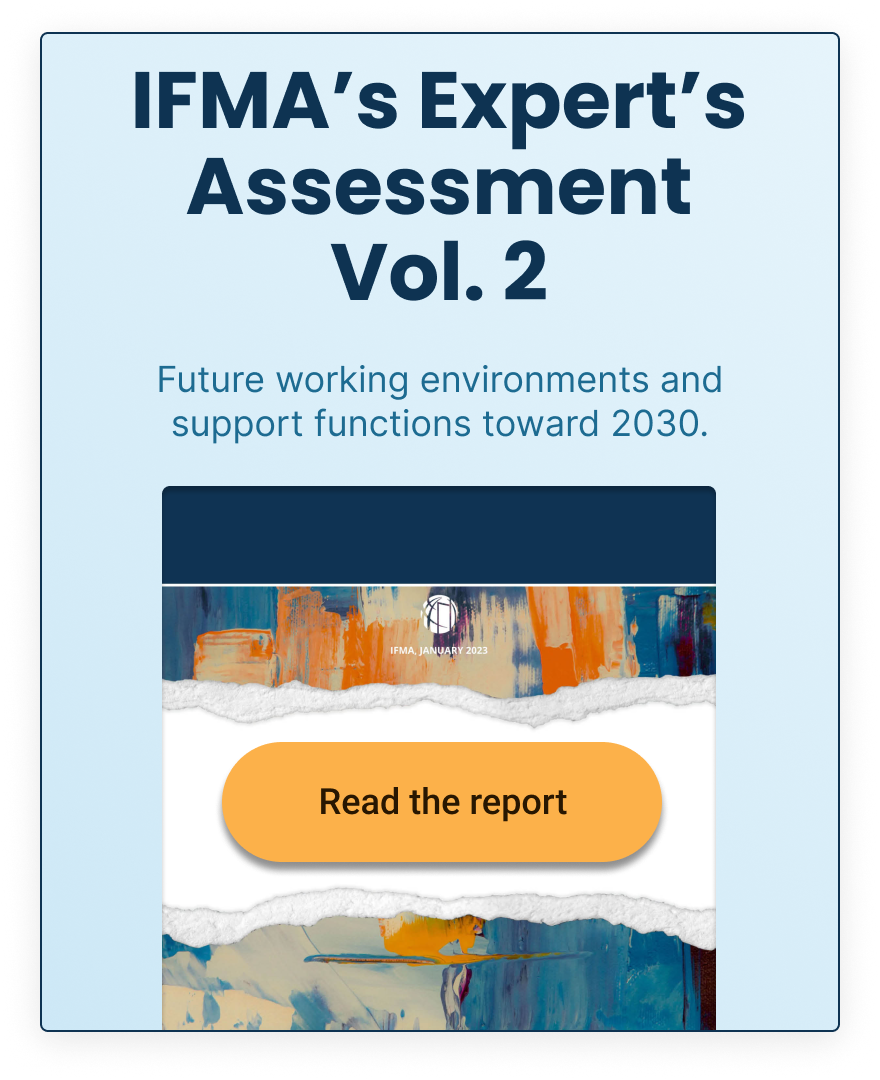Finance for Public Sector FM

Do you have difficulty communicating with your financial officer? Often, this is the case for public sector facility professionals. This white paper covers basic finance terminology, and will help you understand and communicate how facility management impacts the agency's finances.


